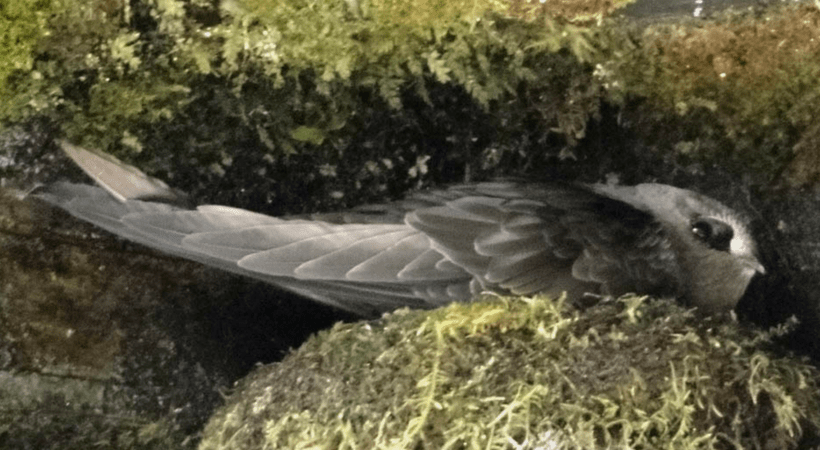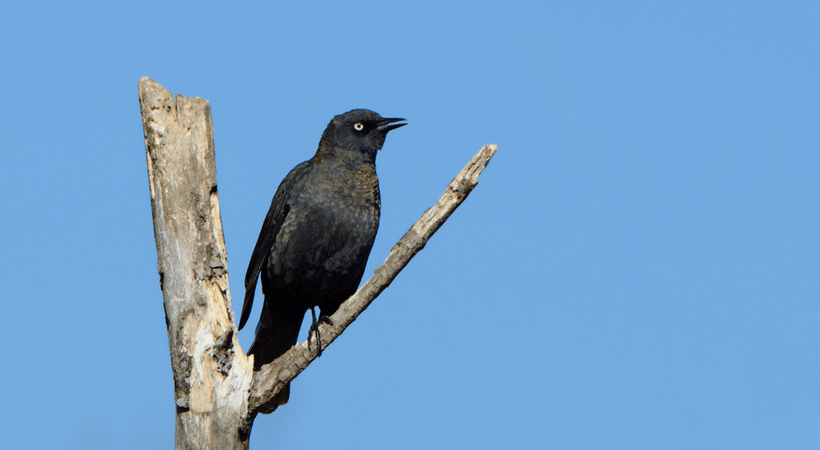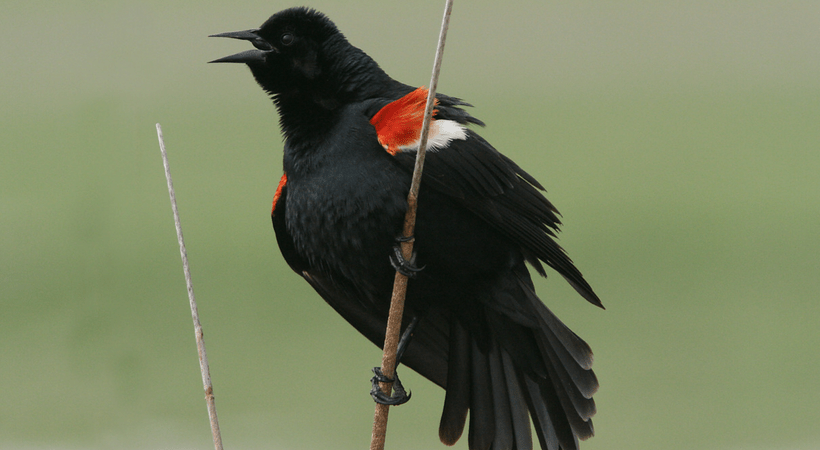We have much more to do and your continued support is needed now more than ever.
101 Years Strong: Protecting the Future of the Migratory Bird Treaty Act
Administration rollback of landmark safeguards jeopardizes survival of migratory birds.

The Migratory Bird Treaty Act is meant to safeguard over 1,000 species of migrating birds from intentional and incidental harm. Passed after the massive decline of many birds in the late 19th and early 20th century, the Act curbed overhunting and the unregulated commercial trade in bird feathers. The challenges birds face have changed over the years, but the act, which celebrated its centennial last year, has a long history of protecting birds from avoidable loss.
Now this bedrock environmental law is under threat, and we need your support to ensure its protections remain in place.
The Act makes it “unlawful at any time, by any means or in any manner, to pursue, hunt, take, capture, kill, [or] sell…any migratory bird [or] any part, nest, or egg of any such bird.” Scientific collection, Native American ceremonies, and falconry are the few exceptions to the Migratory Bird Treaty Act. Until this year, a broadly protective reading of the Act has been implemented by administrations from both political parties.
Unfortunately, on the 101 year anniversary of The Migratory Bird Treaty Act, these protections are at risk. The Trump Administration has threatened safeguards for migratory birds by stating that the Act will no longer apply to incidental take of birds.
In practice, this means that unless the U.S. Fish and Wildlife Service will no longer protect birds against foreseeable and avoidable deaths like oil pits, mining waste ponds, oil spills, and wind turbine strikes. It will only apply the law in limited instances where USFWS can prove that that a bird was harmed intentionally. This effectively guts the Act.
Birds in America
The U.S. has an incredible variety of birds, ranging from tiny hummingbirds to the giant California condor. Worldwide there are eleven thousand different species of birds, and, excluding Hawaii and Alaska, the U.S. hosts 951 species –eleven of which are found nowhere else in the world!
Birds have cultural, scientific, and economic value. The bald eagle symbolizes freedom as the United States’ national bird, Darwin’s study of Galapagos finches established the foundation of the theory of evolution, and birds play a significant role in US agriculture by controlling harmful pests. For 45 years, National Wildlife Federation’s Garden for Wildlife program has engaged over 7 million Americans in creating wildlife habitat for birds and other threatened wildlife species.
Birds and birdwatching offers a significant contribution to the $887 billion U.S. outdoor recreation economy. A 2011 national survey found that bird watchers spend nearly $41 billion annually on trips and equipment. The survey also found that 666,000 jobs were created as a result of birdwatching expenditures, and communities benefited from the $14.9 billion that birdwatchers spent on food, lodging and transportation.
Why we need the Migratory Bird Treaty Act
At least 40 percent of bird species worldwide (3,967 species) have declining populations. Since the year 1500, at least 161 species have gone extinct in the wild, while an additional 22 species are categorized as Critically Endangered (Possibly Extinct).
Given these trends, it is critical that companies take responsibility for potential harm to birds from their activities. The current administration’s reinterpretation of the Migratory Bird Treaty Act now excludes many of the threats below that would have previously been covered by the Act. Under the new interpretation, companies and other entities will no longer be incentivized to prevent avoidable harm, which will place more birds at risk. Below are some examples of why it is critical we keep full protections under the Act.
No accountability for oil spill recovery and restoration of habitat
The impact of the Migratory Bird Treaty Act can’t be overstated. After the Gulf of Mexico oil spill, which killed more than one million birds, federal officials used the Act to ensure BP made recovery payments of $100 million. These funds have been used to restore habitat for waterfowl and other birds in the Gulf. This investment in critical recovery efforts would not have been possible without strong protections under the Act. The new interpretation of the law excludes incidental killing of birds, so companies would not be held accountable for future devastating spills.
Potential increased bird collision with power lines
Before it was reinterpreted, the Migratory Bird Treaty Act also encouraged companies to retrofit power lines to make them safe for bird perching. Collisions with transmission may account for up to 175 million bird deaths annually, highlighting how critical these efforts are.
Nesting bird populations disturbed
Now, companies are now able to bypass efforts to ensuring construction projects such as pipelines or transmission lines are timed to not disturb nesting birds.
Millions of birds threatened in toxic oil waste pits
The Act has also been used to encourage companies to cover toxic oil pits, which are used to store excess fluids that are released from drilling. Uncovered oil waste pits account for up to 500,000 to 1 million bird deaths annually, and it is crucial that companies remain responsible for reducing the impact of these dangerous conditions.
Increased wind turbine collisions due to reduced incentives for safe placement
The Act has made new wind farms much safer for birds by incentivizing changes in wind farm siting and operation practices. Studies show that wind turbines strike between 140,000 and 328,000 birds annually, so ensuring that turbines are placed in areas that avoid or minimize harm to birds was a key safeguard provided by past interpretations of the Act.
These hazards are deadly to birds, but also largely avoidable. The Migratory Bird Treaty Act was written to hold companies responsible, and removing this safety net for birds puts countless species at risk.
Take Action to Protect Birds: Defend the Migratory Bird Treaty Act
Now is not the time to weaken America’s landmark bird protection act. The Migratory Bird Treaty Act has ensured decades of safeguards for birds. Today, birds face many growing threats, from habitat loss to disease, and we need every common sense protection we have to ensure they are protected now and in the future. The 2016 State of the Birds report found that one-third of the nation’s bird species are of high conservation concern, and many other species are facing long-term declines.
Please join us in calling on members of Congress and leaders in the Trump Administration to keep strong protections under the Migratory Bird Treaty Act.
Take Action



























